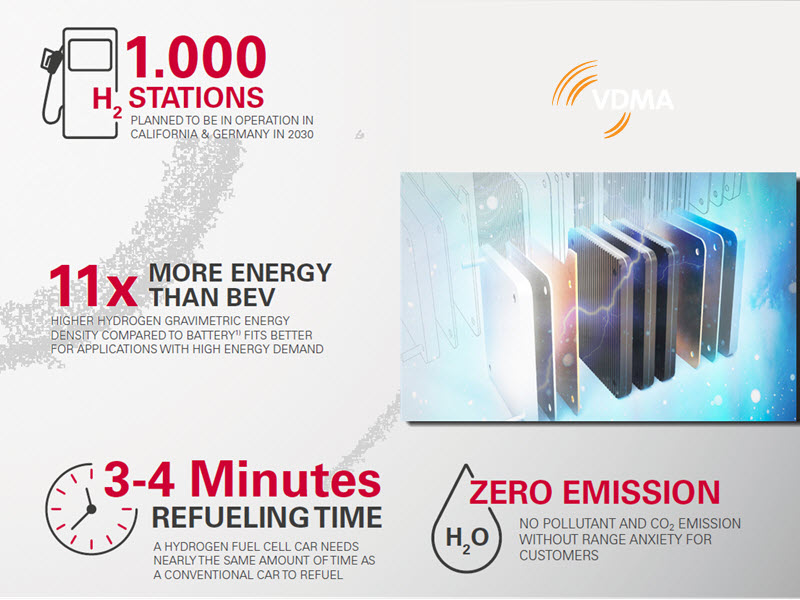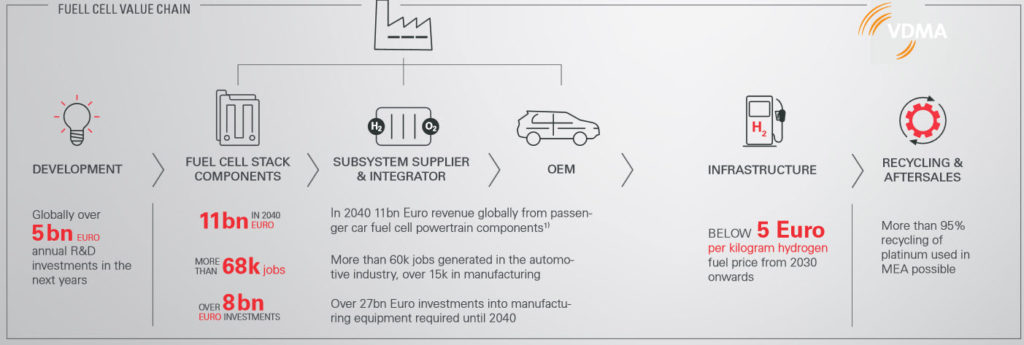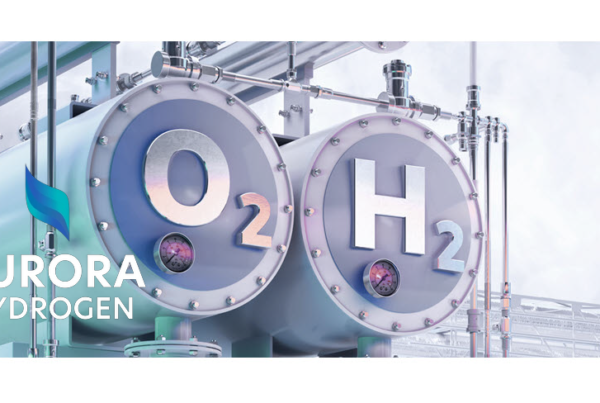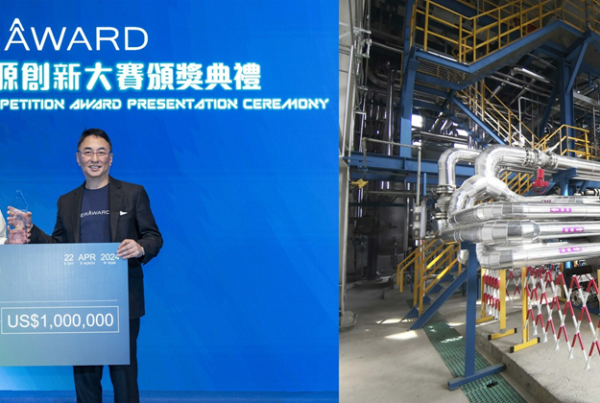
Frankfurt— From 2030 onwards, the fuel cell will be represented with a significant share in passenger cars, commercial vehicles, and mobile machines. A turnover of 11 billion euros for fuel cell components in passenger cars alone is possible in Europe in 2040.
As a result, approximately 68,000 jobs will be created here. These are the core results of a new VDMA study on “Powertrain in Change – Effects of Fuel Cell Technology on Mechanical and Plant Engineering and the Supply Industry”, prepared by FEV Consulting GmbH. “Fuel cell technology is a great opportunity for the mechanical engineering industry in terms of value creation and jobs,” said Hartmut Rauen, Deputy Managing Director of the VDMA, commenting on the results of the study. “We are still in pole position globally and can map the entire value chain in Germany and Europe.

Passenger car market will be decisive
According to the study, electrification in the passenger car sector will be supported by an increasing number of fuel cell vehicles from 2030. Japan and South Korea are already positioning themselves as pioneers in the use of fuel cell vehicles as part of a hydrogen economy. As a result, fuel cell vehicles will already achieve a relevant market share of up to 6 percent (Japan) by 2030. The three large sales markets China, USA and Europe will follow with a short delay. In total, sales of fuel cell vehicles will increase from 1 million to over 10 million in the period from 2030 to 2040, corresponding to a market share of 12 percent. This results in an annual growth rate of almost 25 percent for this period.
“For the mechanical engineering industry, fuel cell technology is a great opportunity in terms of added value and jobs.”
Opportunities for mechanical engineering in Europe Almost
70 percent of the sales potential of powertrains is located in the fuel cell system – consisting of fuel cell stacks, additional components (balance of plant) and the hydrogen tank system. Another 30 percent is accounted for by the traction battery and the electric drive unit. In the five markets under consideration, a corresponding sales potential for fuel cell and hydrogen tank systems of around 75 billion euros annually is expected. If one subtracts profits, overheads, materials and raw materials from this figure, more than 20 billion euros of pure added value remain, 3 billion euros of which are in Europe.
Based on the analysis of the industrial sectors concerned, this share of the value added will create around 63,000 jobs, of which more than 15,000 are directly or indirectly in manufacturing. In addition, almost 8 billion euros of nominal capital invested in machinery and production equipment will be needed in 2040 to meet expected market demand. This will create about 5000 additional jobs in the mechanical engineering sector in Europe. “Both system know-how and very specific competencies are required to develop the innovation potential of fuel cell drives. This is one of the strengths of the European automotive and supplier industry and mechanical engineering,” emphasizes Prof. Dr.-Ing. Stefan Pischinger, Chairman of the Board of Management and Managing Partner of FEV Group GmbH, a leading international service provider in vehicle and powertrain development. FEV’s scope of services also includes highly efficient fuel cell systems and their integration into vehicles.
Important impetus from commercial vehicles and mobile machinery
“The heavy commercial vehicle segment will play a key role in the introduction of fuel cell technology,” emphasizes VDMA expert Rauen. “Due to the application profiles, the trend towards fuel cells is establishing itself early on,” he added, adding that the strict emission limits in Europe in particular are a clear driver for fuel cell drives. Due to the high energy throughput, the development of the infrastructure is also largely determined by commercial vehicles. This concerns the production of hydrogen as well as the distribution up to the construction of hydrogen filling stations. Among the non-road applications, forklift trucks, rail, and ship applications, in particular, have a relevant share of fuel cell drives. Due to the limited overall market size for these applications, however, it is expected that the sales volumes of fuel cell variants will be significantly lower than those of the passenger car market.
Politics must contribute to the finishing line
“The successful finishing line in driving change is certainly not a foregone conclusion,” adds Rauen. “The study concludes that in the next few years around 5 billion euros per year will be invested worldwide in research and development alone. “Public funds must be invested at the beginning of the value-added chain – in research and teaching, in vocational qualification and thus also in intelligent production technologies and products”, demands the VDMA expert. The change must not be rigidly based on one technology. Rather, the aim is to develop the best alternative for the respective application, open to all technologies. “Politicians are called upon to create planning security for companies by setting long-term framework conditions”.
Download Brochure: Drive systems in change – Fuel cell
Read the most up to date Fuel Cell and Hydrogen Industry news at FuelCellsWorks




